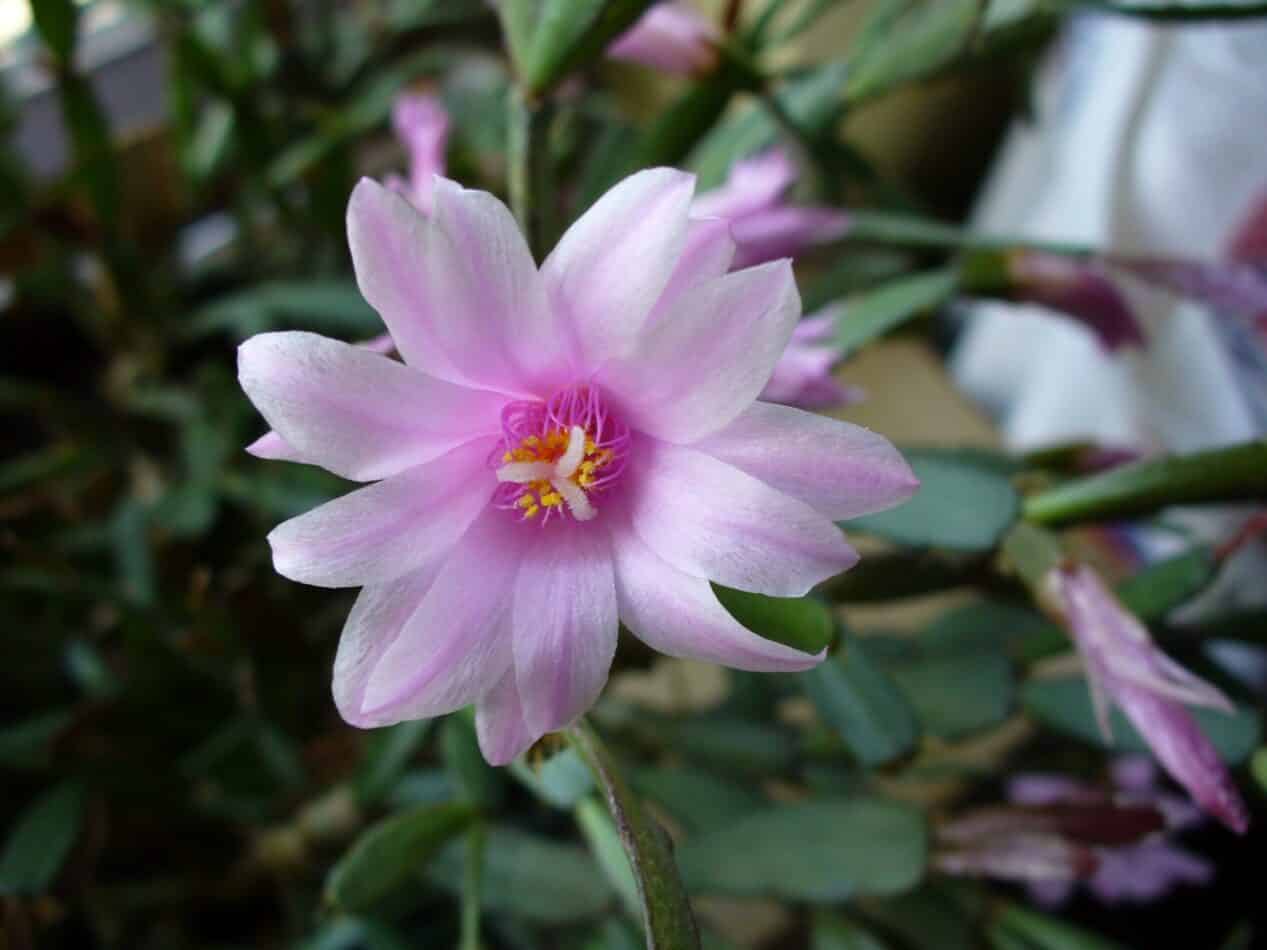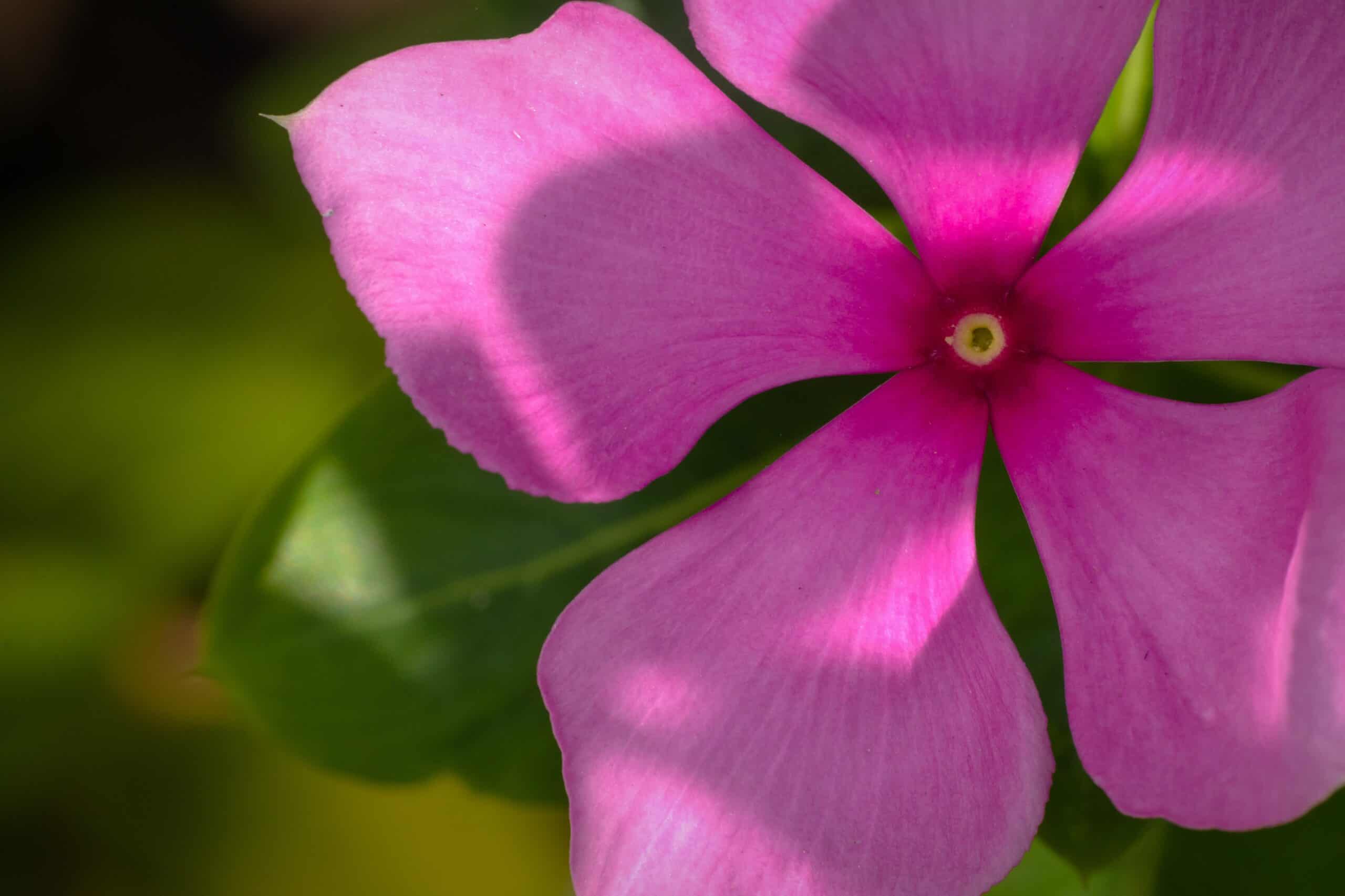The Eschscholzia californica, commonly known as the California Poppy, is a species of flowering plant in the family Papaveraceae. The genus name Eschscholzia is bestowed in honor of Johann Friedrich von Eschscholtz, a German-Russian botanist and physician who traveled with an expedition to Alaska from 1815–1818. The species name californica, meaning “from California”, is in reference to the native range of the plant.
How to Plant and Grow
California poppies thrive in full sun with well-draining soil. They require moderate watering and are drought tolerant when established. As an annual, they tolerate a wide range of temperatures but prefer cool summer weather. Temperatures above 90 degrees Fahrenheit will cause the plants to go dormant and become stunted. They cannot tolerate wet feet, so make sure to plant them in well-draining soil. Mulching around the base of the plant helps the soil retain moisture, and the bright flowers will look beautiful against the green of the mulch. Fertilizer is not necessary, as the poppies are very light feeders.
Meaning and Symbolism
The California Poppy is a symbol of hope, rest, and contentment in the United States. It is the official flower of the state of California and a favorite of gardeners due its short life cycle and bright flowers. In addition to the symbolism, the plant is known to have certain medicinal properties. Native Americans used it to treat insomnia, headaches, and spasms.
History, Mythology and Religious Significance
The California Poppy has a long history associated with it. Early settlers were said to have introduced the poppy to California in approximately 1849, using it as a colorful decoration for their homes. Native Americans also used the poppy for its medicinal properties as well as its beauty. The plant was associated with the Virgin Mary in some early Christian cultures, becoming known as Mary’s Gold and symbolizing faith. In Japan, the California poppy is associated with peace. For this reason, it is often seen in war memorials and cemeteries.
Flower Varieties and their Defining Characteristics
The California Poppy is available in many cultivars, provided in nurseries and through seed catalogs. These include both heirloom and modern varieties. ‘Orange King’ has large, vibrant orange flowers and grows to a height of four inches. The White Linor, has white petals and a yellow center, and grows to a height of four to six inches. ‘Mission Bells’ has soft pink and white flowers. For a low-growing option with creamy yellow petals, try the tidy and compact ‘Teddy Bear’.
How to Pot and Repot
When potting California Poppies, use a pot or planting box that is larger than their original containers. Make sure the container is not too small because the poppies grow vigorously and need plenty of space to spread out. Fill the container with well-draining, permeable potting mix or soil. Make sure to leave at least an inch of space around the plant to give it room to grow. Water the plant thoroughly after filling the pot. When repotting, do not disturb the roots too much and choose a pot or planting box that is now significantly larger than the original one.
How to Prune
California poppies can benefit from occasional pruning to promote flowering and a vigorous, bushy form. Prune the plant back to the desired shape in the late spring or early summer. Use sterile pruners, and remove no more than one-third of the growth per session. Deadheading is an important part of keeping the poppies looking their best. Remove spent blooms to encourage new flowers and keep plants from self-sowing.
How to Propagate
California poppies can be propagated by seed or division in the spring. Plant the seeds directly in the soil and they will germinate in 7-14 days. To propagate by division, carefully dig up the soil around the base of the plant in the spring, and use a sharp knife to divide it into smaller parts. Replant immediately and water generously.
Common Pests and Diseases
California poppies are fairly disease-resistant, though they may be affected by powdery mildew, which is caused by wet leaves. To prevent powdery mildew from occurring, keep the leaves dry and do not plant too closely together. The plants are also susceptible to aphid infestations. To remove these pests, use a natural insecticidal soap or neem oil spray.
Three Frequently Asked Questions about Eschscholzia californica
Q: What colors do California Poppies come in?
A: California poppies can be white, red, pink, cream, orange, and yellow.
Q: When is the best time to sow California Poppies?
A: The best time to sow California poppies is in the late fall or early spring. The plants needs to germinate in cool temperatures.
Q: How long do California Poppies take to grow?
A: California poppies usually take 30 to 60 days to reach maturity after planting.
Table Fact Sheet
| Flower | Eschscholzia californica |
|---|---|
| Family | Papaveraceae |
| Plant Type | Annual |
| Mature Size | 4 to 12 inches |
| Sun Exposure | Full Sun |
| Soil Type | Well-draining, sandy |
| Soil pH | 6.1 to 7.8 |
| Bloom Time | Spring to Fall or through Winter |
| Flower Color | White, red, pink, cream, orange, and yellow |
| Hardiness Zones | 7 through 11 |
| Native Area | California |
What we love from Amazon this week
Buy these wonderful flowers directly from Amazon:















